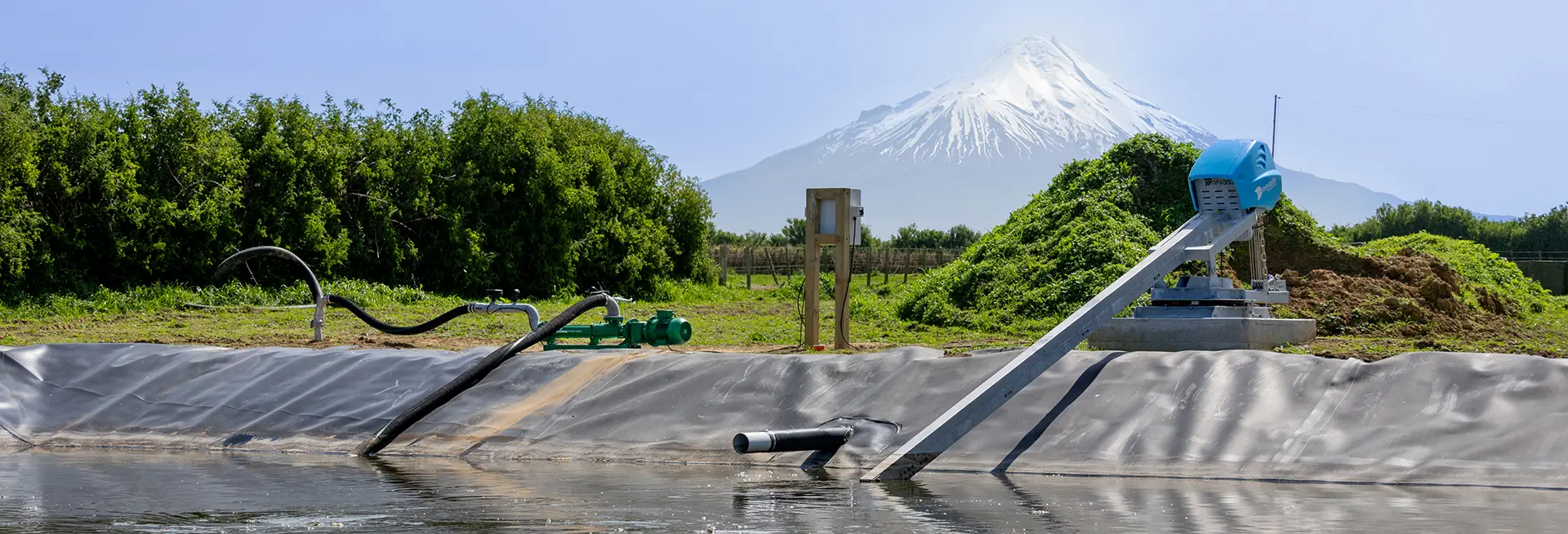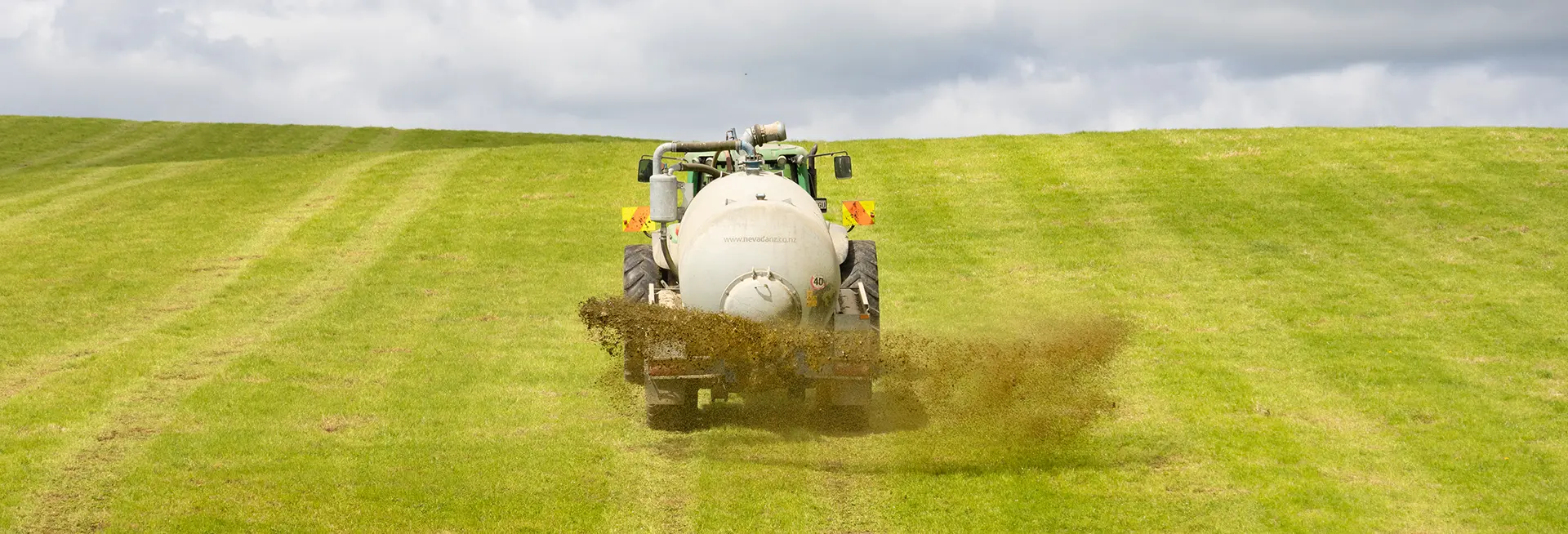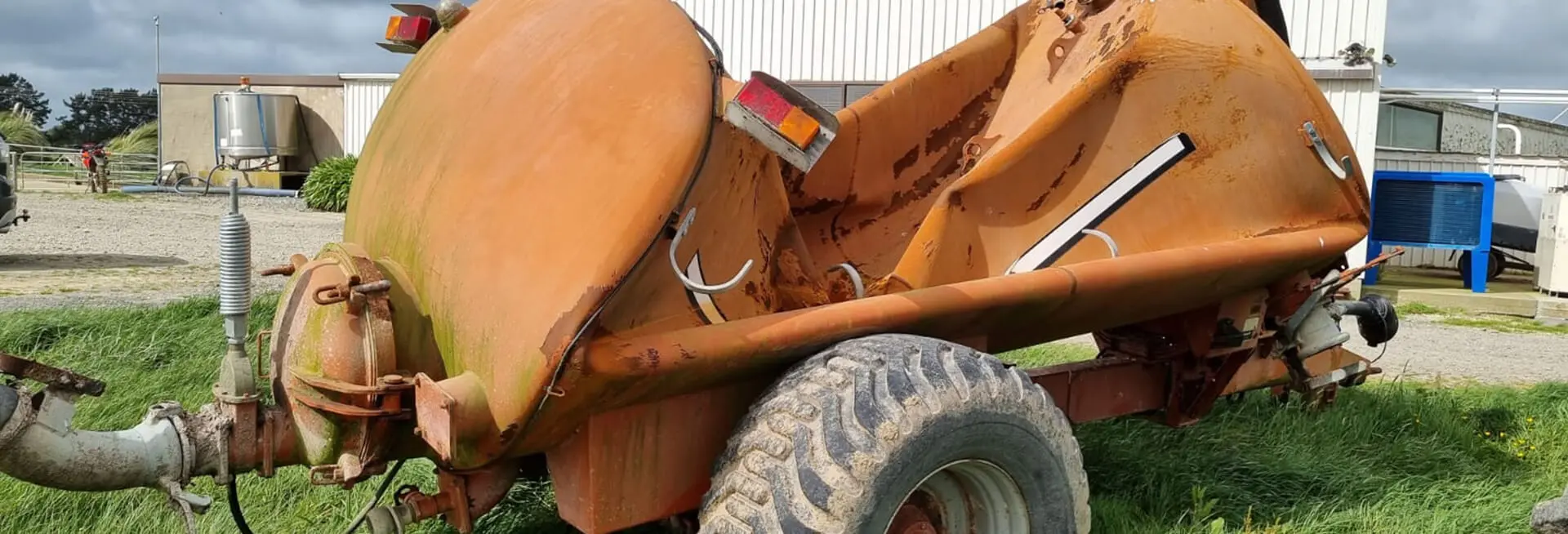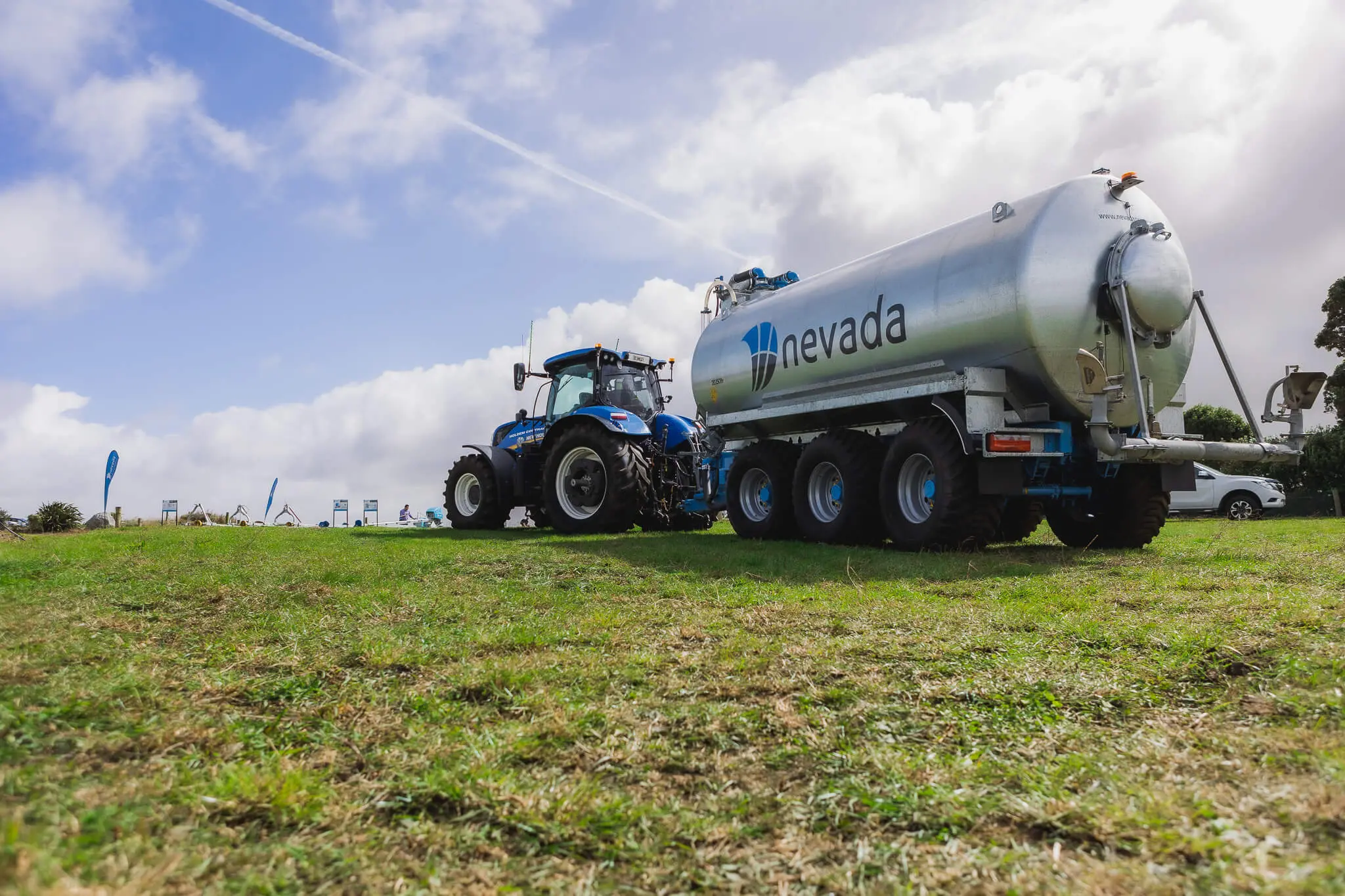Effluent Storage
Effluent storage on Australian dairy farms involves systems like lined ponds, above-ground tanks, or bladder tanks that safely hold dairy effluent until it can be reused on pasture. By storing effluent for the right conditions, farmers can improve nutrient management, meet regulations, and reduce environmental risk. With the right capacity, effluent storage also helps manage wet seasons and herd growth, future-proofing farm operations.
In general, a lined effluent pond is the most cost efficient storage option. However there are situations where a pond is not going to be suitable.
Choosing effluent storage for your farm
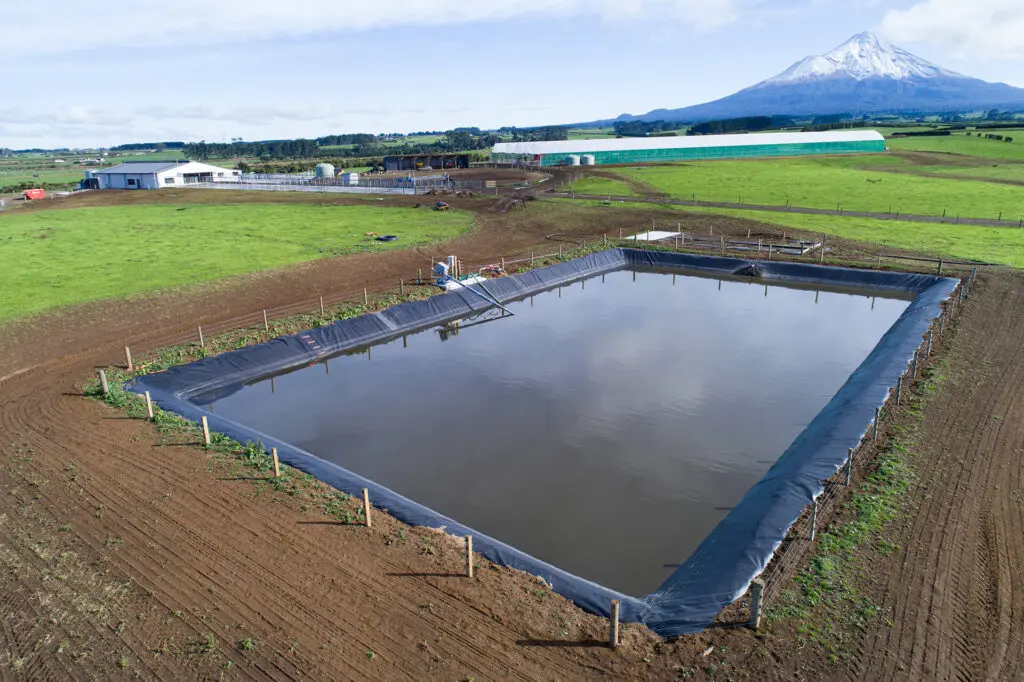

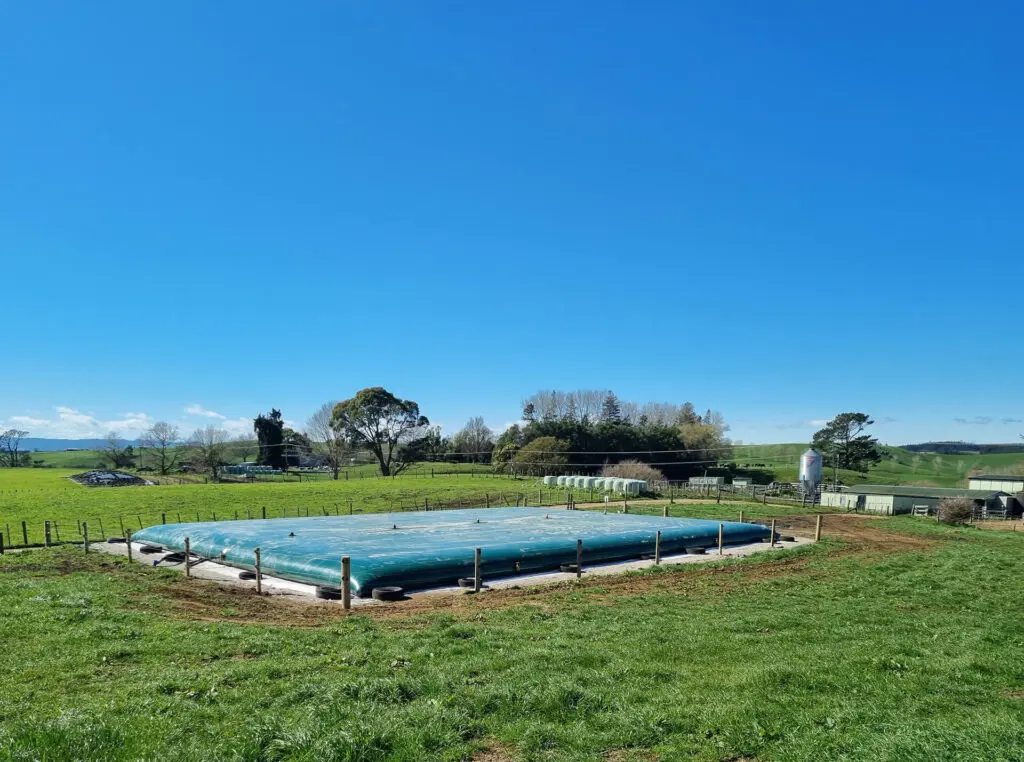
Effluent Ponds
Above Ground Tanks
Effluent Bladder Tanks
Best for:
Best for:
Best for:
- Sites with sufficient flat land to dig a pond
- When the pond can be located not too far from the milking shed
- Cost efficiency
- Unstable ground
- Swampy & high water table sites where it’s not possible to dig a pond
- Insufficient flat ground to dig a pond
- Swampy & high water table sites where it’s not possible to dig a pond
- Temporary sites
- High rainfall areas, where a pond would be prone to overflow
- Sites close to residential properties
Effluent Ponds
As a rule of thumb, the most cost effective effluent storage solution is usually an in ground effluent pond. Here are some things you’ll need to keep in mind with an effluent pond:
Council Compliance
It is your responsibility to prove your pond doesn’t leak.
For new ponds, we would recommend lining the pond with a HDPE liner. Contrary to popular belief, liners are not as expensive as they used to be, and are now a long lasting and cost effective option – click here for more informtion on pond liners.
If you have an existing pond, with no signs of leaking, it is likely to be fine. Signs to look out for might be patches of consistently damp ground with very green grass, or ponding. If you are concerned about whether or not your current pond will comply with council requirements, feel free to contact us and one of our specialists will get in touch.
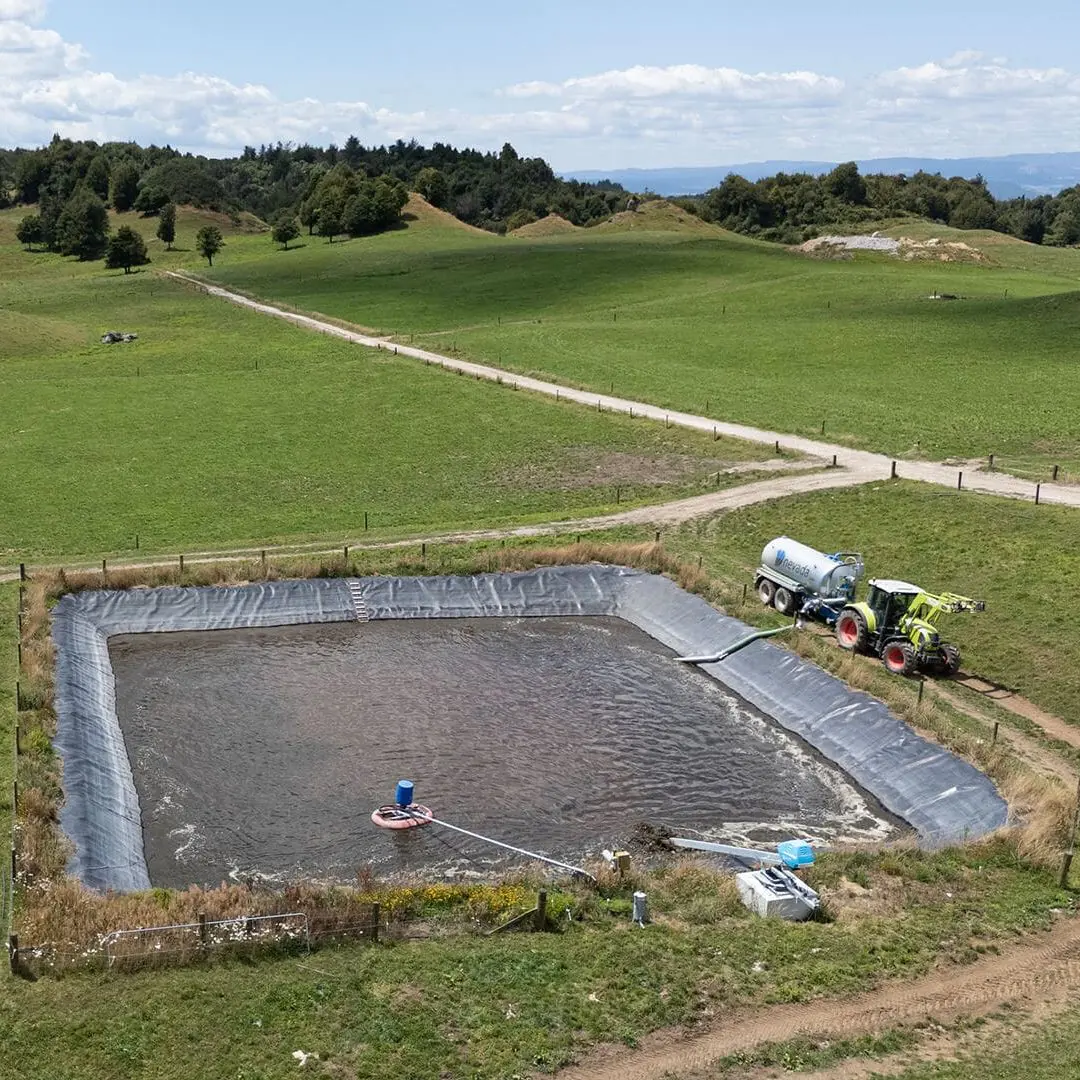
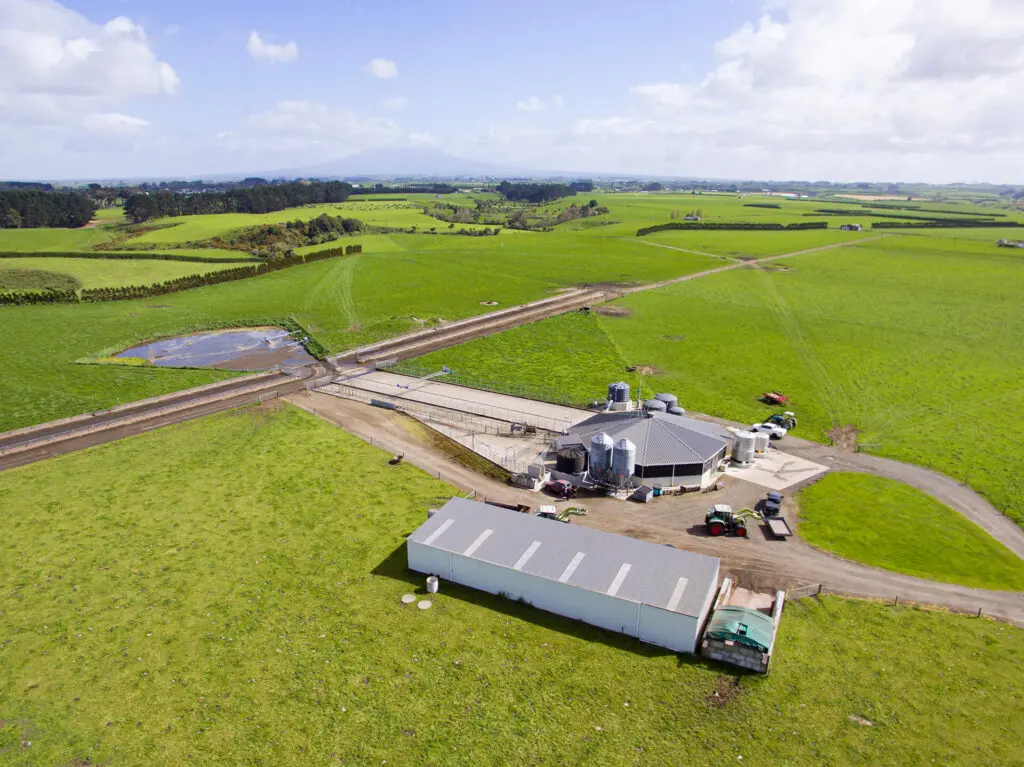
Pond Placement
To save on power costs and for ease of operation, you ideally want to place the pond no more than 100m from the milking shed, and situated so the effluent can flow into the pond by gravity.
In addition to any minimum separation distances required by local council regulations, liquid farm dairy effluent (FDE) must not be stored within:
- 45m of your milking area, milk receiving area, or milk collection point.
- 90m of any water supply used for human consumption.
- 45m of the dairy shed water supply.
- 300m of off-site dwellings or public use areas including roads.
If you’d like some help working out the ideal placement for your pond, talk to a Nevada specialist. We’re effluent design accredited – so we know our stuff and can make it quick and easy for you!
When you’ve got multiple ponds
Some farms have multiple effluent ponds, but often it is only the first pond that is being used/needed. In these situations, we recommend decommissioning the other ponds to prevent leaching and for council compliance. Plus restoring unused effluent ponds to pasture will just make the land that little bit more productive!
Not sure how many of your ponds you actually need? Not a problem – talk to one of the team and we’ll calculate it for you!
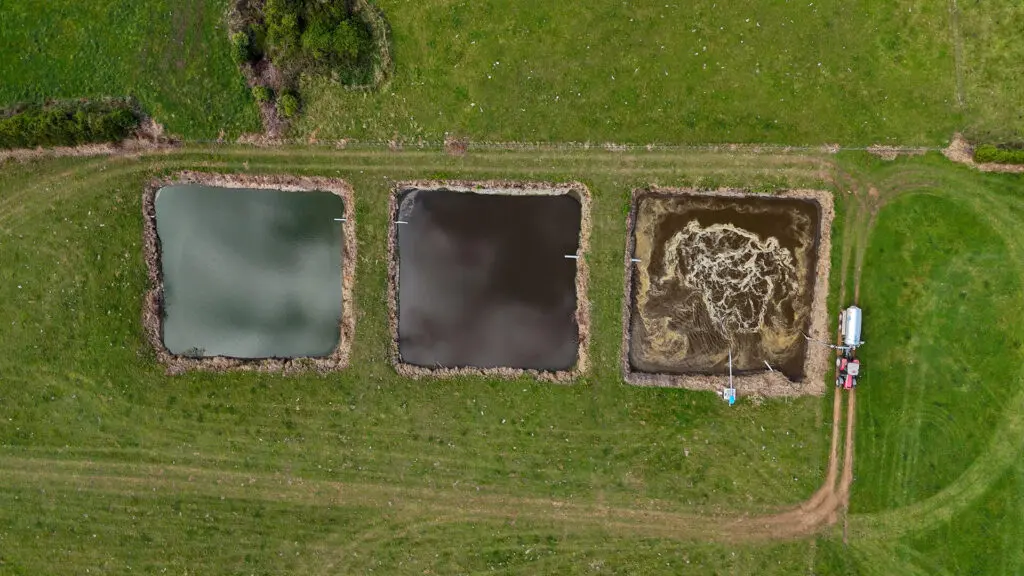
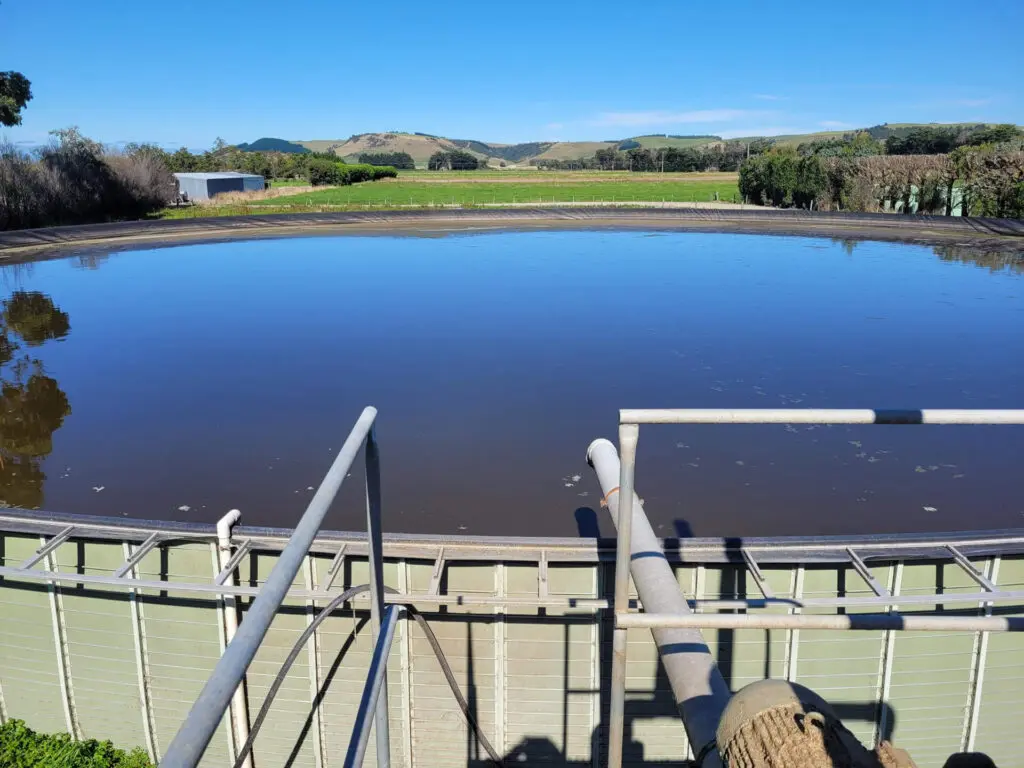
Above Ground Effluent Tanks
If you’ve got high water tables, suffer from unstable ground, or simply have insufficient flat ground to make a pond suitable, your next best option is an above ground effluent tank.
Just like with effluent ponds or any effluent storage, you’ll need to comply with local council requirements in terms of placement and ensuring it is free of leaks (of course it will be a little more obvious if your above ground storage is leaking!). On top of this, you’ll also need to ensure it is compliant with the building code.
For above ground effluent storage, we’d recommend a steel storage tank due to their longevity and reliability. In selecting a reliable tank, the things to look for are:
- Engineering certification – so you can be assured of the quality before it’s installed.
- Warranty – only work with manufacturers who are prepared to stand behind their products, and ensure their reliability for years to come.
- Building code compliance – installing a tank is not just about the manufacturing of the tank itself, but also the foundations it’s going on. To ensure a hassle free above ground tank situation, foundations must be set and tested for building code compliance.
Additional Requirements
Also keep in mind with above ground storage, you will have additional requirements for pond stirring equipment. Depending on your above-ground setup, you may require:
- Pedistal (Electric stirrers) – to keep the stirrer above the tank
- A ‘Through the wall’ stirrer (available for electric or PTO)
- Over-wall extension (PTO stirrers)
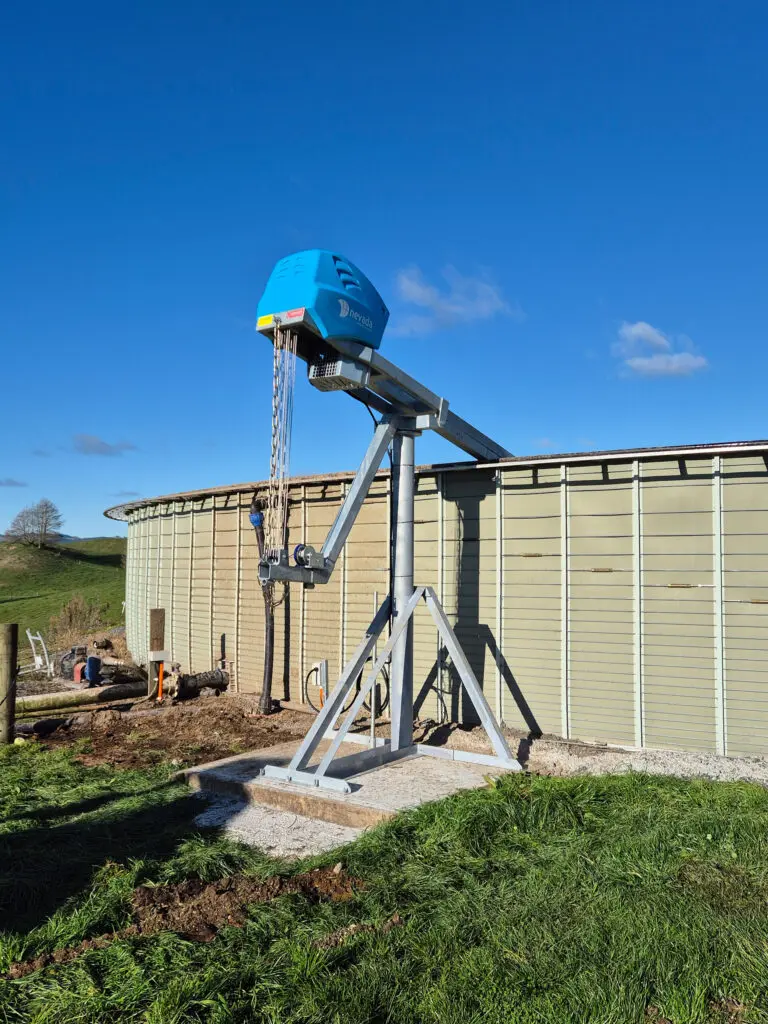
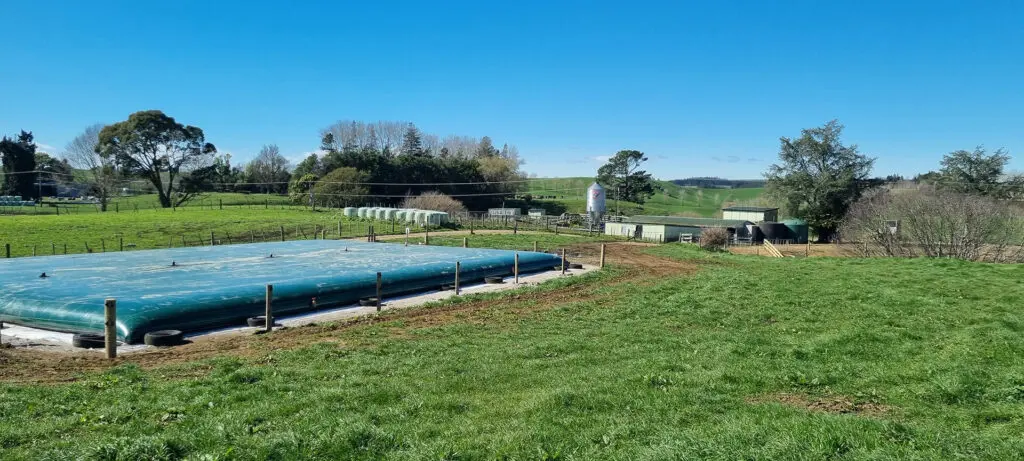
Effluent Bladder Tanks
Bladder tanks offer a closed self-supporting, transportable solution if you’ve got high water tables, high rainfall areas, sites close to residential areas, or for temprary storage sites.
Being closed off, you’d be sure to notice any leaks, so it is easy to stay council compliant. Other benefits include:
- Closed storage, no oxidation, no external contamination, no evaporation.
- Safety – no risk of people falling in
- Storage capacity up to 1500m3
- Fold-able and transportable
- Earthquake-resistant
When sourcing bladder tanks we look for bladders made from a HPVi fabric in polyester thread, with woven and double sided PVC coating that has been UV stabilised to provide maximum lifespan. We also ensure they are assembled by high frequency welding certified to ISO 9001 standards.
Additonal Requirements
On average, a bladder tank should be stired for a minimum of 30 minutes to an hour, two – three times per week, but it may take longer if the tank has been left stagnant for several months. We recommend stirring thoroughly using a PTO Pump every time before the tank is emptied or any fluid is sucked out. Read more here.
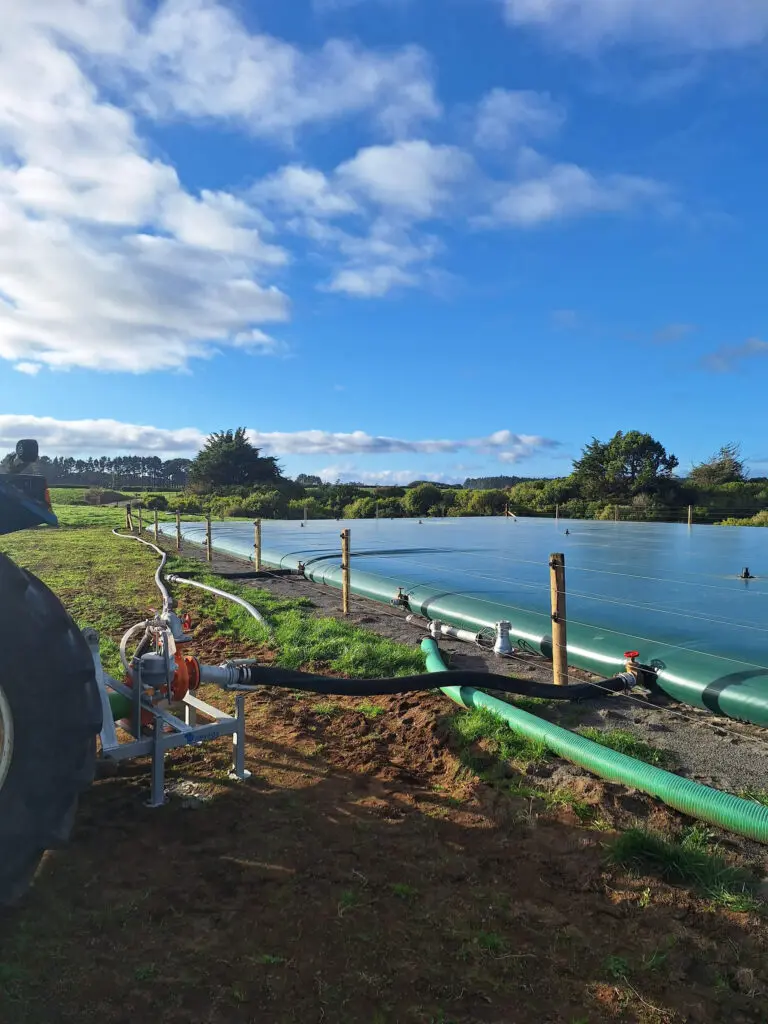
FREE Farm Analysis
Contact Nevada to get a free farm analysis from effluenct design accrredited specialists. We can help with:
- Working out what type of effluent storage you need
- How much effluent storage you require
- Council compliance
- Effluent storage placement
- Other requirements for an effective effluent management solution
